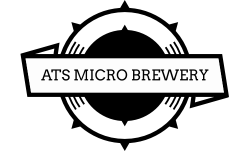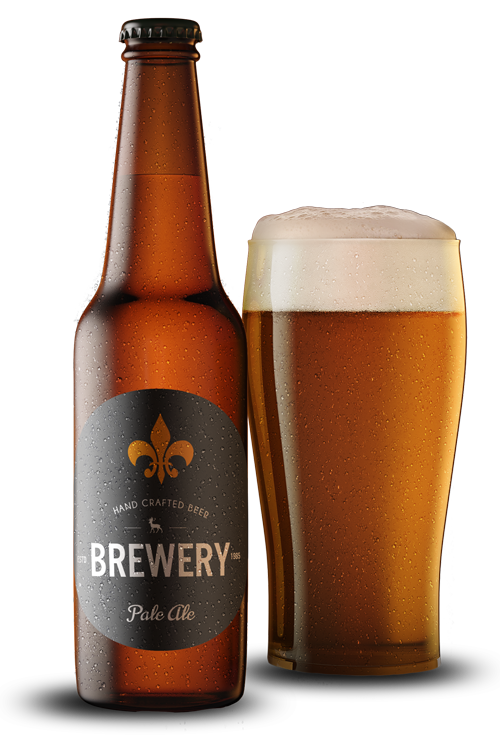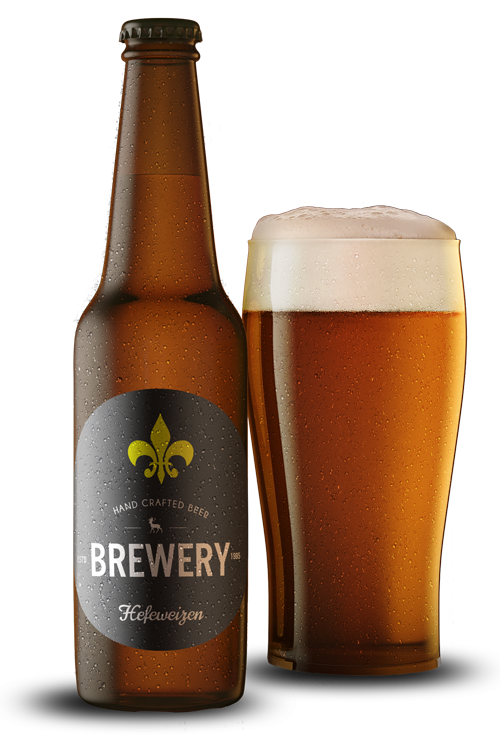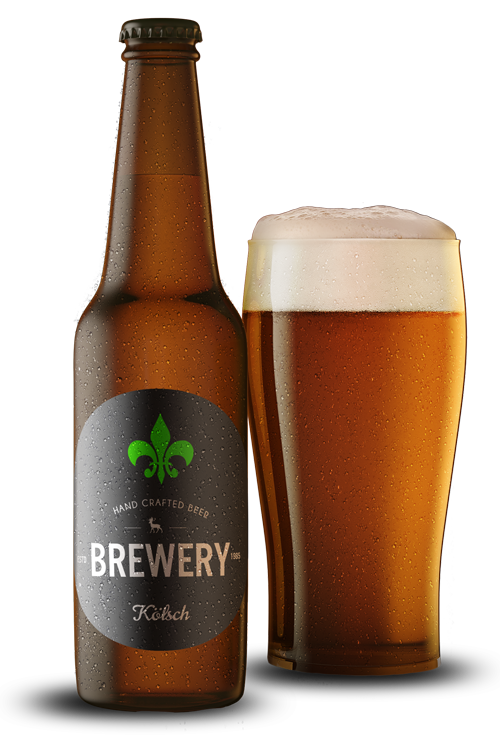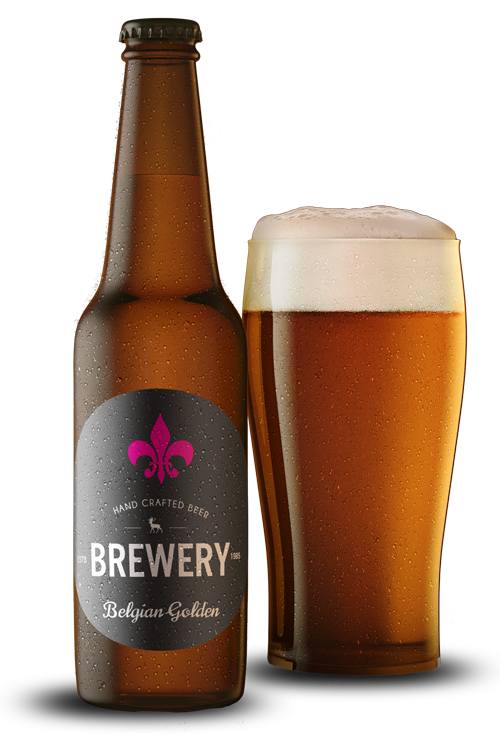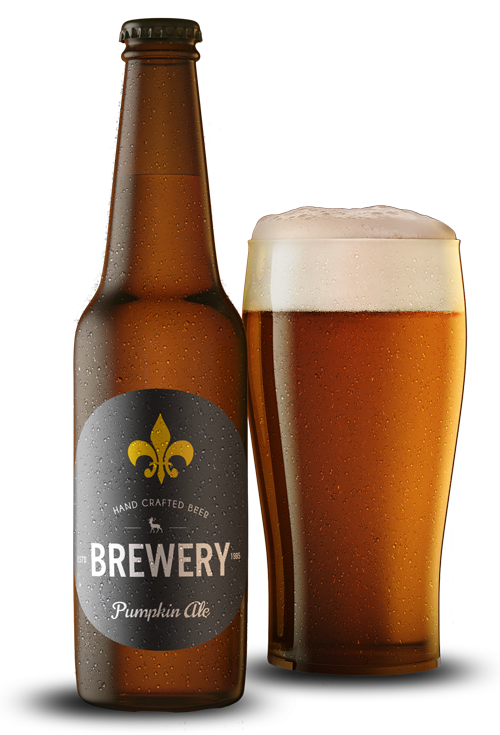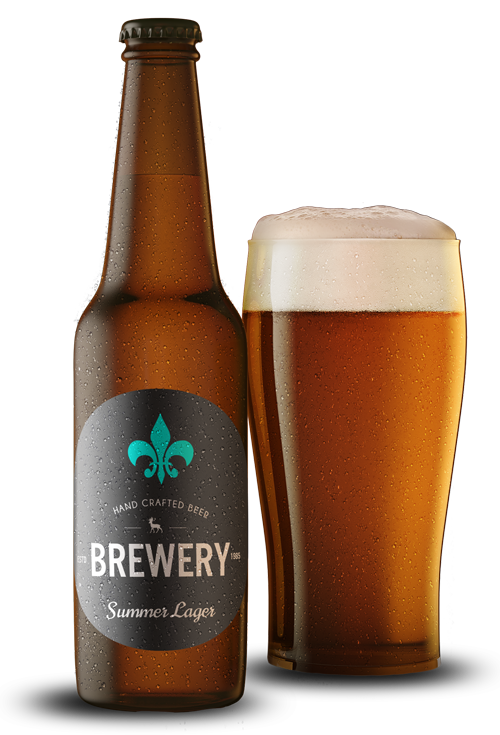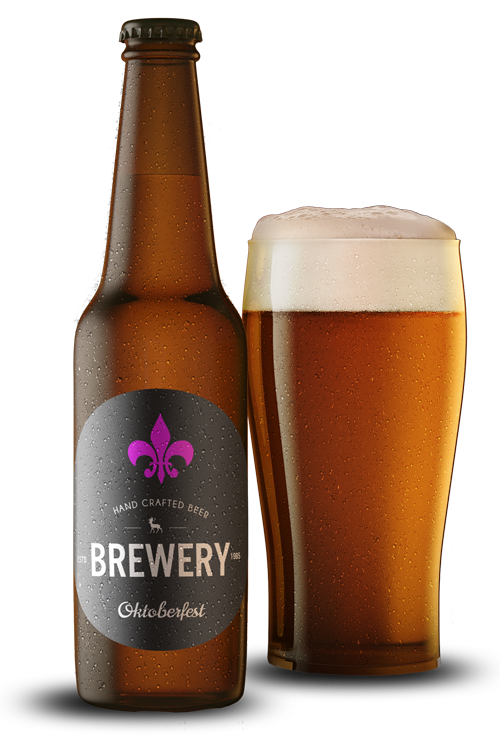-
Pale Ale
Our flagship Pale Ale is a smooth, balanced, copper-colored session beer with mildly spiced flavor and aroma from the East Kent Goldings hops. The bready, lightly caramel malt complements the hint of fruitiness contributed by the London Ale yeast, making it satisfying and authentic.
-
Hefeweizen
Our Hefeweizen is a light, unfiltered wheat beer, often served with a wedge of lemon. Made with thirty percent American winter wheat, Hefeweizen is balanced with sweet golden malted barley and Tettnang hops from Oregon that evoke a hint of spice. The American ale yeast is subtle, but the grains take center stage and, when left in the unfiltered beer, gives it that classic cloudiness and additional body.
-
Dry Hopped APA
Our Dry Hopped American Pale Ale (APA) is charged with American hops to create a bold, aromatic ale. Assertive hop flavor joins the pine/citrus aroma characteristic of American hops to balance the full body provided by North American malts.
After fermentation, the beer circulates through a bed of Cascade and Chinook hops, boosting the distinctive hop aroma of this satisfying ale.
-
Kölsch
Our Kölsch is a classic golden ale that uses a centuries old yeast strain sourced from a famous Kölsch brewer in Köln, Germany. Fermented at 63 degrees, then cold conditioned, it has the delicate fruity aroma of an ale with the crisp, clean finish of a lager. It is brewed with lightly roasted malt and 100% German Noble Hops: Perle for bitterness and Hallertau Traditional for flavor and aroma.
-
Oatmeal Stout
Our Oatmeal Stout is a classic British-style stout brewed with flaked oatmeal and roasted barley. Freshly-roasted coffee beans, cocoa and touches of raisin and dried fruit dominate the aroma of this super dark ale. The richness of the grain blend is balanced by the nutty character of the roasted malt, the creaminess from the oatmeal flakes and a dose of hops.
-
Tasmanian IPA
India Pale Ales (IPAs) were first brewed in England during the late 1700s for export overseas to British soldiers in India. To keep their beer from spoiling during the long voyage, English brewers fortified their traditional pale ale recipes with natural preservatives: more malted barley, for a higher alcohol content, and more hops. In recent decades, with growing appreciation for highly hopped beers, American craft brewers have revived the style, embraced it, and incorporated new hop varieties.
-
Irish-Style Extra Stout
Extra Stout is a descendent of the British and Irish porters of the 18th Century. These strong porters eventually became known as strong stout, then Foreign Stout or Extra Stout, depending on origin. Extra Stouts were exported world-wide, gaining popularity in the West Indies, Africa and parts of Asia.
-
Belgian Golden Ale
Beers from this region reflected the diversity of Belgium itself, a nation that has three official languages (Dutch, French, and German). Bordering Germany and France, Belgian ales incorporate the complex flavors of French wine into the German brewing heritage. In Post World War II Europe, Belgian brewers developed golden strong ales to compete with the rising popularity of lighter Pilsner style beers.
-
Pumpkin Ale
While pumpkin beers were produced in the early days of the American colonies, they were different from the pumpkin beers we know today. Colonists used pumpkin and squash as the fermenting medium, since malted barley was scarce. Once malt became more readily available, it replaced these alternatives to grain. In the 1990’s, American craft brewers reintroduced the style to the delight of pumpkin beer drinkers.
-
Summer Lager
The German word “Helles” translates as “light” and “Lager” means “to store”. This beer style emerged in Germany through the Spaten Brewery’s marriage of British, Bohemian and German brewing techniques. This style is an integral part of brewing history and a predecessor of the straw-colored, light-bodied beers which are the most widely consumed beers in the world today. The lager yeast ferments the beer more slowly and at lower temperatures; it is then stored for maturation.
-
Oktoberfest
Märzen, or Oktoberfest, has its origins in Bavaria, most likely before the 16th century. The evolution of Oktoberfest came from the last brews of the year, in March (or Märzen), as these beers would be ready to drink for the Bavarian celebration, “Oktoberfest”.
